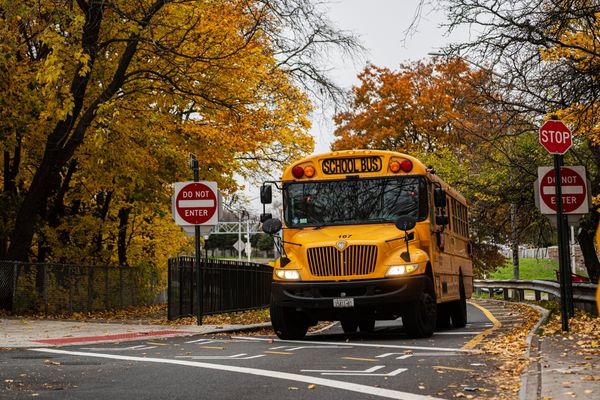How can invaluable relics from the horrors of war be passed on to future generations? It is necessary to appropriately select items that should be preserved, and devise ways to maintain and manage them.
Nationwide, there are believed to be about 50,000 "war ruins," the remains of military facilities and other related sites from before and during World War II.
The value of war relics as cultural assets has been widely recognized since the Atomic Bomb Dome in Hiroshima was registered as a World Cultural Heritage site in 1996.
Currently, about 300 ruins are protected by central and local governments as cultural assets. Many are attached to museums and other facilities, and they are used as places for hands-on history education.
However, 75 years after the end of the war, many war sites are in jeopardy due to development and aging.
First of all, it is important to understand the actual situation. Of the 47 prefectures, only Okinawa and a few other prefectures have conducted comprehensive surveys of war ruins and have a clear view of the situation. Local governments must expedite their surveys.
It is not realistic to preserve all the war ruins. Some of them may have to be dismantled to prevent the risk of them collapsing in an earthquake. It is not easy to determine the historical value of sites or to judge whether they should be preserved and opened to the public.
In Okinawa Prefecture, there is a debate over whether to open to the public the former Japanese military's "32nd Military Headquarters Trench Remains" below Shuri Castle, much of which was destroyed in a fire last year.
The trench is said to have been more than one kilometer long and accommodated about 1,000 active troops. The decision to conduct an endurance battle to delay the U.S. military advance on the mainland by retreating to the south was made there. The site is a testament to the tragic nature of the Battle of Okinawa, which impacted many locals.
The interior of the trench was not open to the public due to the risk of collapse, but there have been calls for it to be opened to coincide with the reconstruction of Shuri Castle. The Naha City Assembly unanimously adopted an opinion paper calling for the trench to be refurbished and opened to the public.
The prefectural government plans to set up a study panel to determine the appropriateness of opening the site. The issue is how to pave the way for the preservation of the trench by solving such issues as securing safety and coming up with a budget for reinforcement work. It is also important to gain the understanding of the local community.
The spotlight fell on site of the former Tsukuba Naval Air Group in Kasama, Ibaraki Prefecture, when it was used as a location in the movie "The Eternal Zero." The city designated the former headquarters building as a cultural asset in 2018, after which a private organization took the reins for fundraising and preservation promotion. This could serve as a template for future public-private partnerships.
As the number of people who directly experienced the war firsthand continues to decline, the importance of such ruins is sure to increase. The approaching anniversary of the end of the war on Aug. 15 must be used as an opportunity to rethink the ways in which these sites should be preserved.
-- The original Japanese article appeared in The Yomiuri Shimbun on Aug. 3, 2020.
Read more from The Japan News at https://japannews.yomiuri.co.jp/







